Miami moves: artist Carsten Höller on his pop-up club for Prada
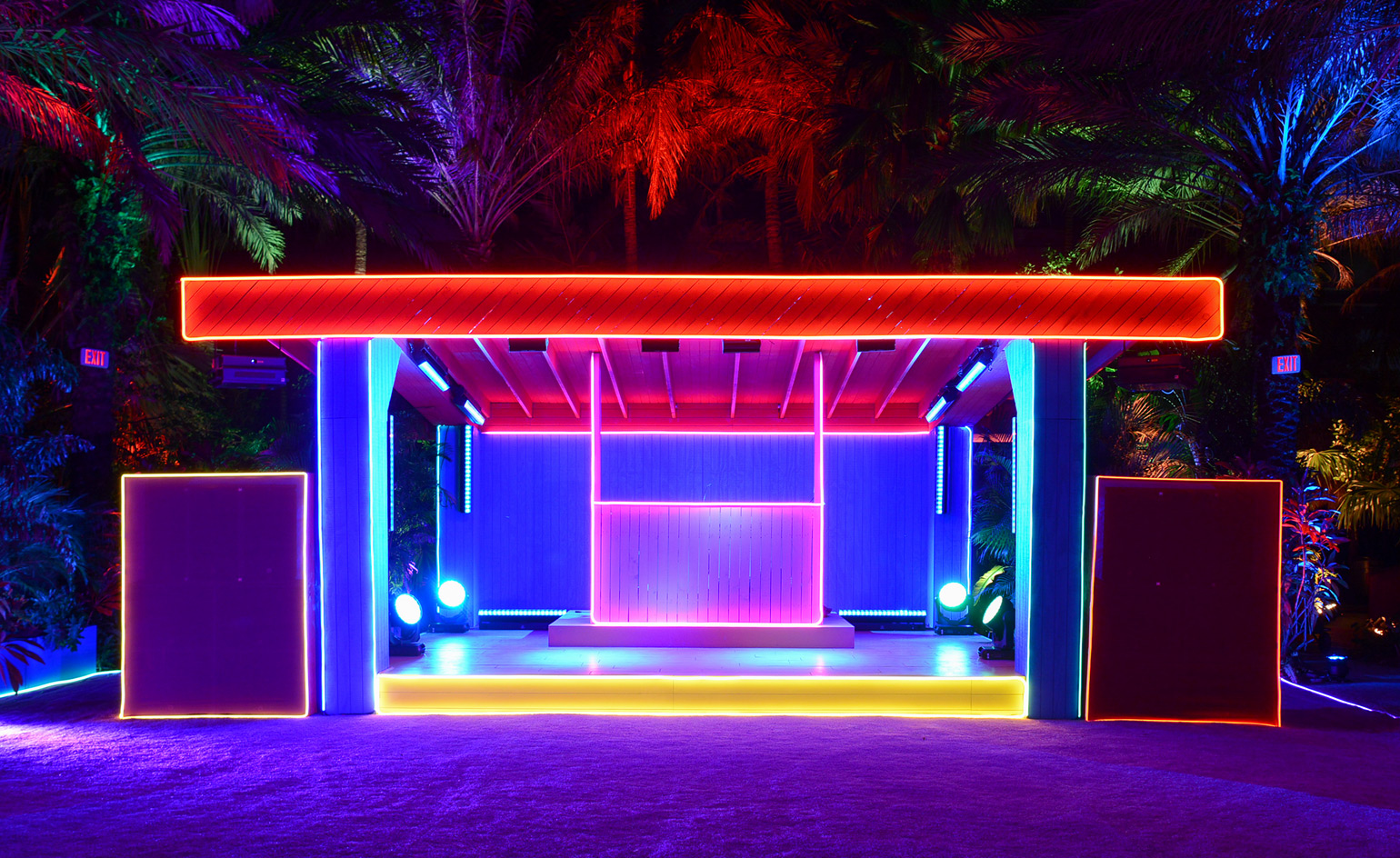
‘Have you seen the film Rumble Fish?,’ asks Carsten Höller. It’s the morning before the opening of the Stockholm-based artist’s new show in Miami: a three day pop-up club in collaboration with Prada that marks the opening of the Milanese brand’s new store in the city’s Design District, and which also happily coincides with Art Basel Miami Beach. ‘In that film, there are these little fishes. They are in colour, everything else in black and white. I saw it 20 years ago and thought that’s a great idea.’
Stationed at a former ice factory in Miami’s Wynwood district, the Double Club is an immersive artwork that doubles as a nightclub - a party divided into two parts. Upon entering, guests are given two choices: go inside or outside. The outside space features a Caribbean-style beach bar and stage space, framed by neon lights that wash the space in every colour of the rainbow. Here, on the opening night, revellers danced to live performances from Wyclef Jean, and Cuban bands.
The inside space has been painstakingly desaturated – ‘apart from the stupid exit signs’ laments Höller. Monochromatic patterns cover the walls and guests dance to techno music on multi-tiered dance floor among strobe lights, lasers and generous amounts of atmospheric dry ice.
‘It really works,’ attests Höller, ‘If you have been a little bit in the outside space and then go into the inside space it’s like cutting your brain in two in some ways. You feel like a Rumble Fish.’
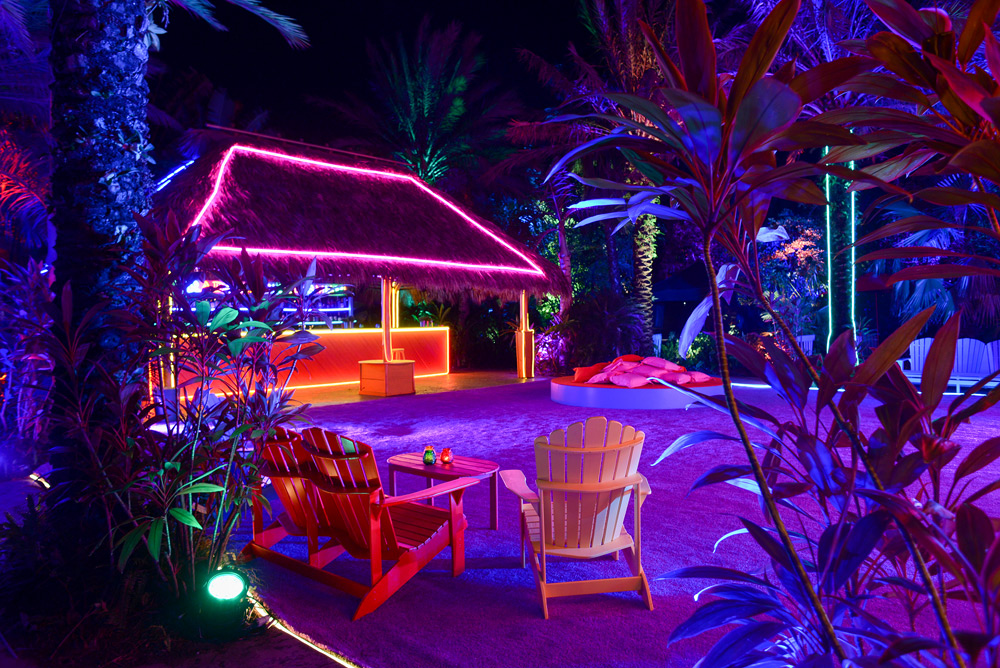
The Prada Double Club Miami by Carsten Höller
The installation, which was just two months in the making, borrows its name from Höller’s previous show in London in 2008, also in collaboration in with Prada. Staged over the course of eight months, the original Double Club was a bar, restaurant and nightclub that explored the dialogue between Congolese and Western contemporary music, lifestyle, arts and design – an idea that Höller pitched to Miuccia Prada off the cuff, not expecting her to agree. It opened after a year of design and planning, but to Höller’s dismay was deathly quiet after its launch.
‘It was at the point when the financial crisis had just hit and the weather was lousy, and so nobody came. We thought that Prada and maybe my name might be enough to bring people, but no. It was empty for six weeks roughly, and then suddenly on 2 January 2009 – it was just full. And from then on it was really the place to be. It was crazy. But that’s London for you; once it’s on the radar, people will embrace it.’
The three-day Miami edition of the Double Club however, did not suffer from this problem. Queues stretched around the block on its opening night this week. ‘This is a bit confusing in the sense that we are using the same name again but it’s totally different,’ explains Höller of the three-day event. ‘Each work influences the next but it’s kind of unconscious. Sometimes you have to push yourself and get away from what you’ve done before.’
‘I think many artists fell into this trap – you’re doing all these experimental things and trying things out, and then all of a sudden some of these things get public attention, so you latch onto it and continue at it for the rest of your life,’ he continues. ‘I don't want to do this. That’s why we intentionally used this name again when it’s not necessarily the same thing, it means I can make more Double Clubs in the future.’
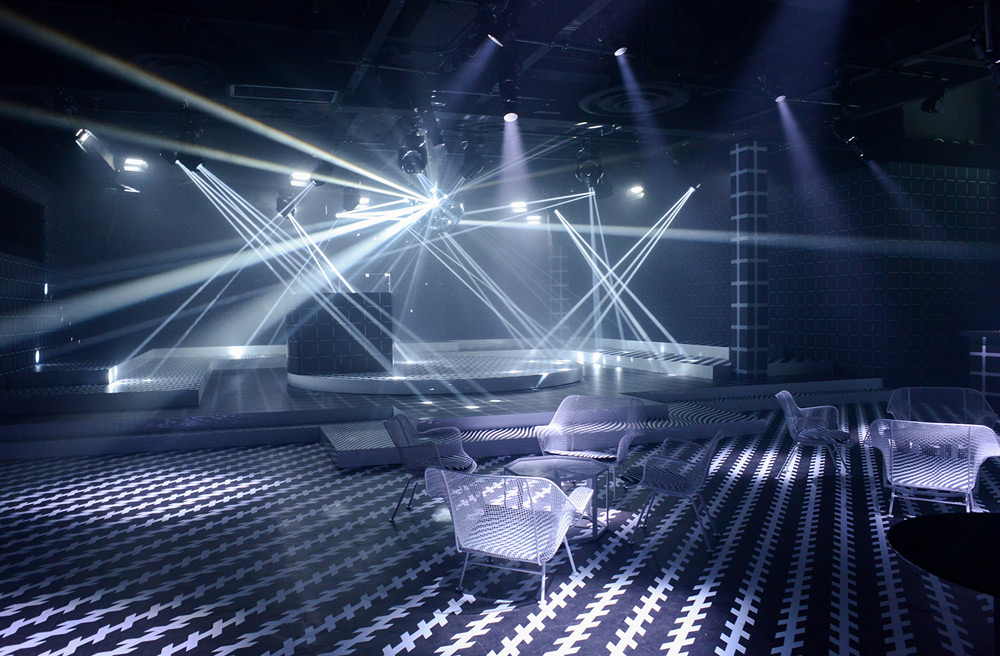
The Prada Double Club Miami by Carsten Höller
Earlier this year, Höller’s exhibition at the the new Renzo Piano-designed Centro Botín arts centre in Santander, Spain, also explored the theme of duality, offering its guests two pathways through a Y-shaped space. Höller, a former scientist, views these works as human experiments, likening the visitor experience at the Double Club to isomers – molecules that are made up of the same formula but with different chemical structures. As guests choose their path through the same space they each have different experiences.
‘Many of my works are Double Clubs of sorts if you think about it – two different halves that awkwardly don’t fit together,’ he ponders. ‘I like this idea of tracing a path; two different possibilities, you can go right or left, it divides in two, and then again, and again to infinity. It’s a simple mathematical concept.’
Yet its not the results of the experiment that interest Höller. He won‘t be sitting in the space taking notes or counting numbers. Instead he wants to offer his art as a social, joyful experience; in this case a piece that can be enjoyed by everyone, from nightclubbers to art aficionados.
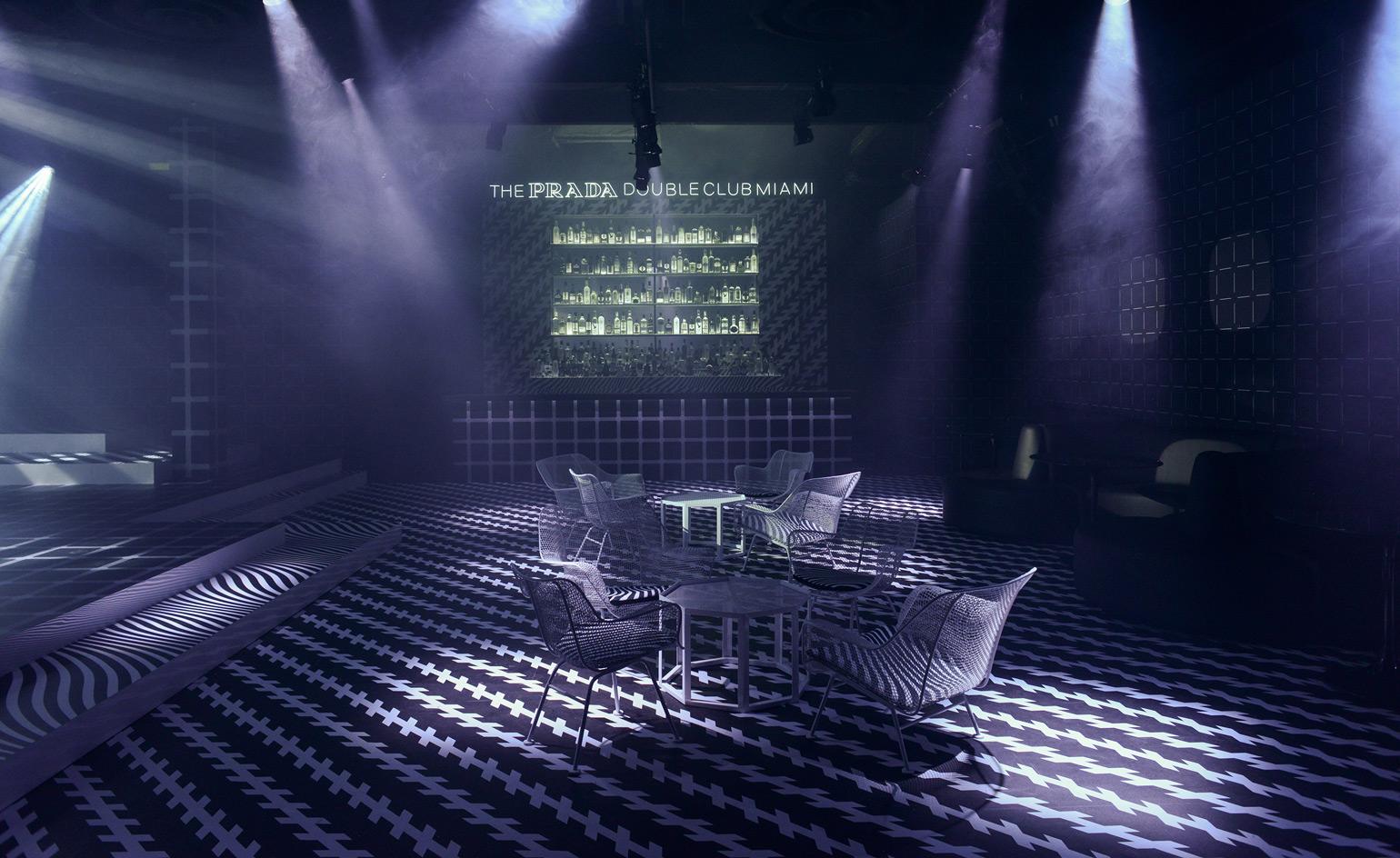
The Prada Double Club Miami by Carsten Höller
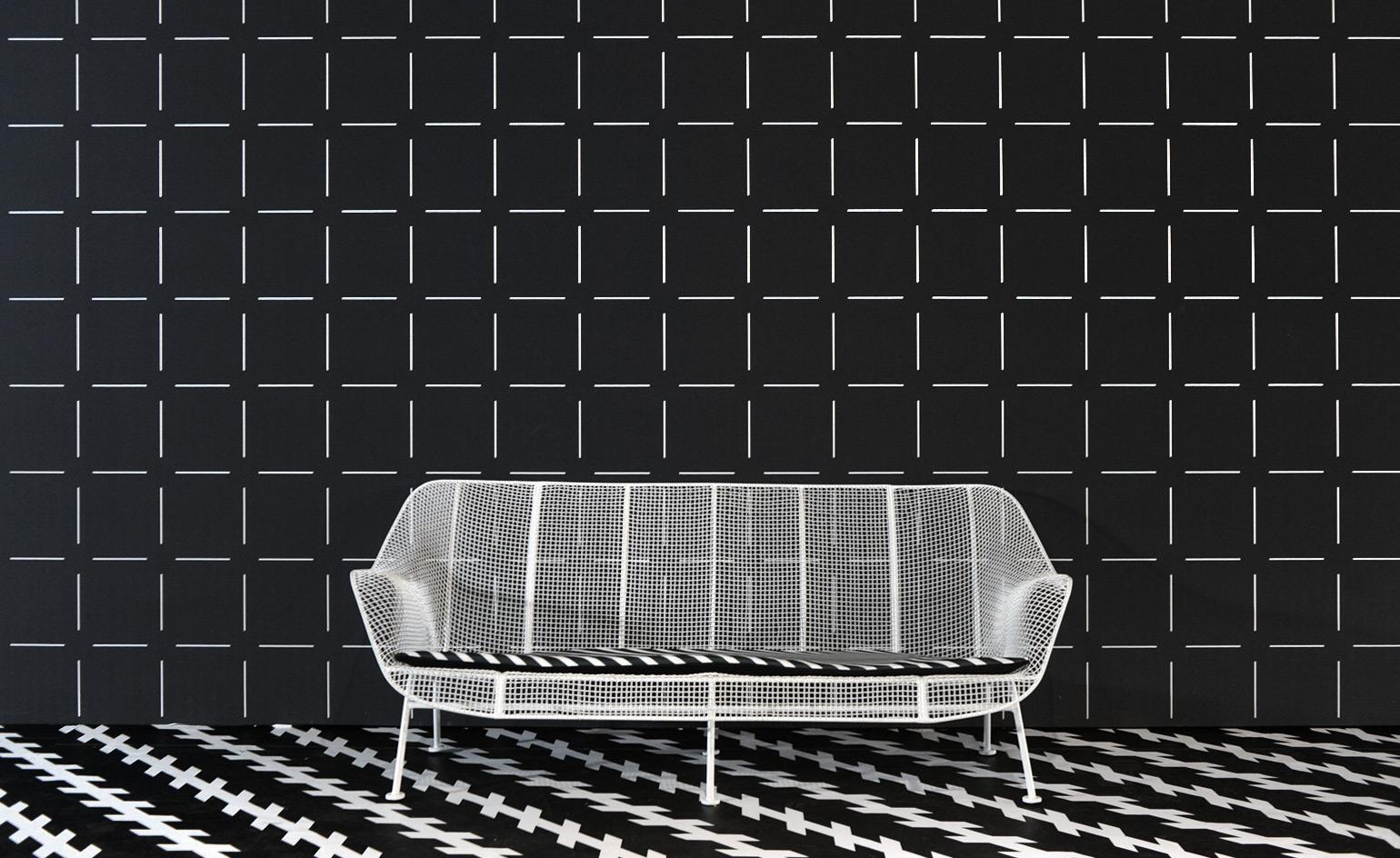
The Prada Double Club Miami by Carsten Höller
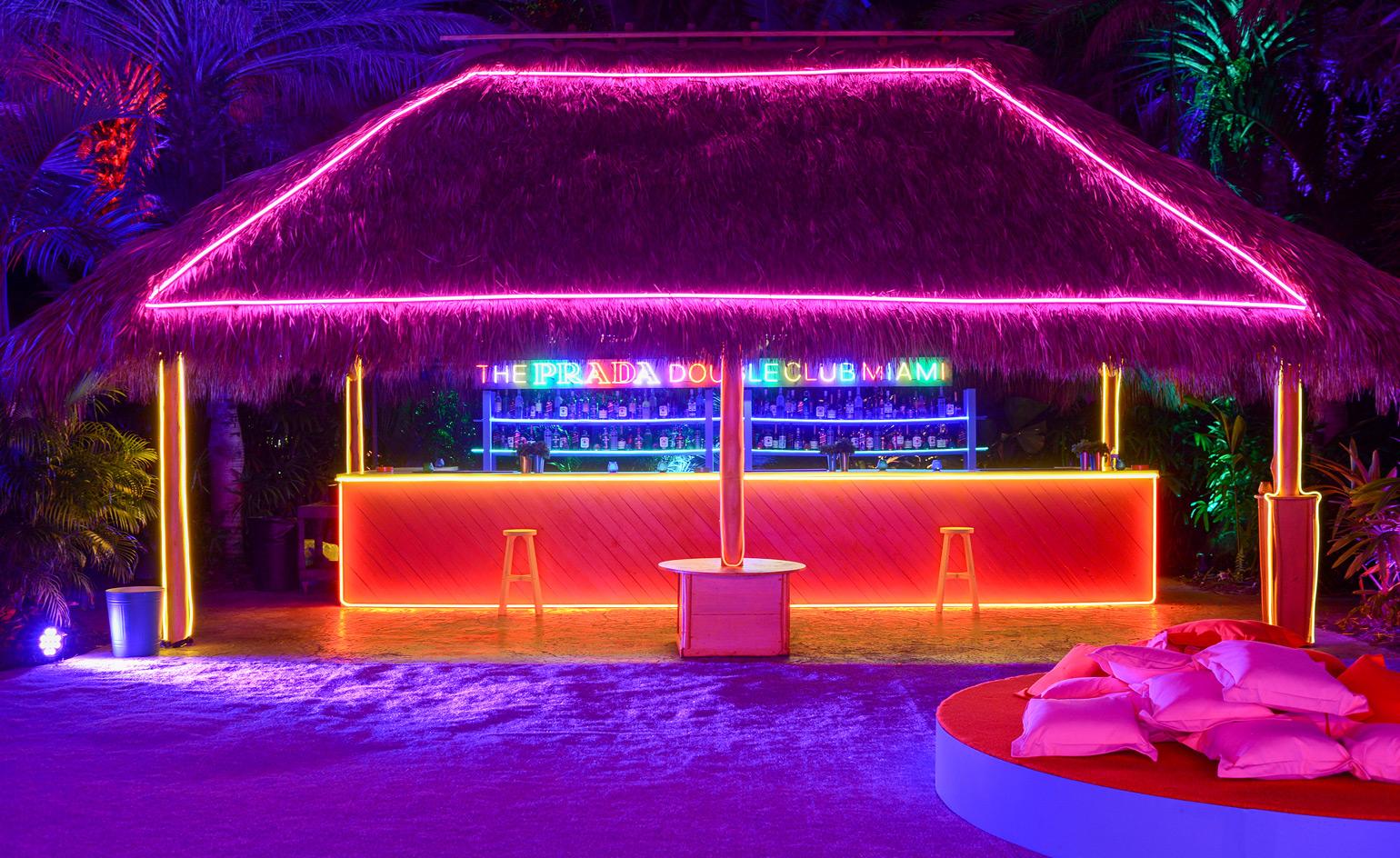
The Prada Double Club Miami by Carsten Höller
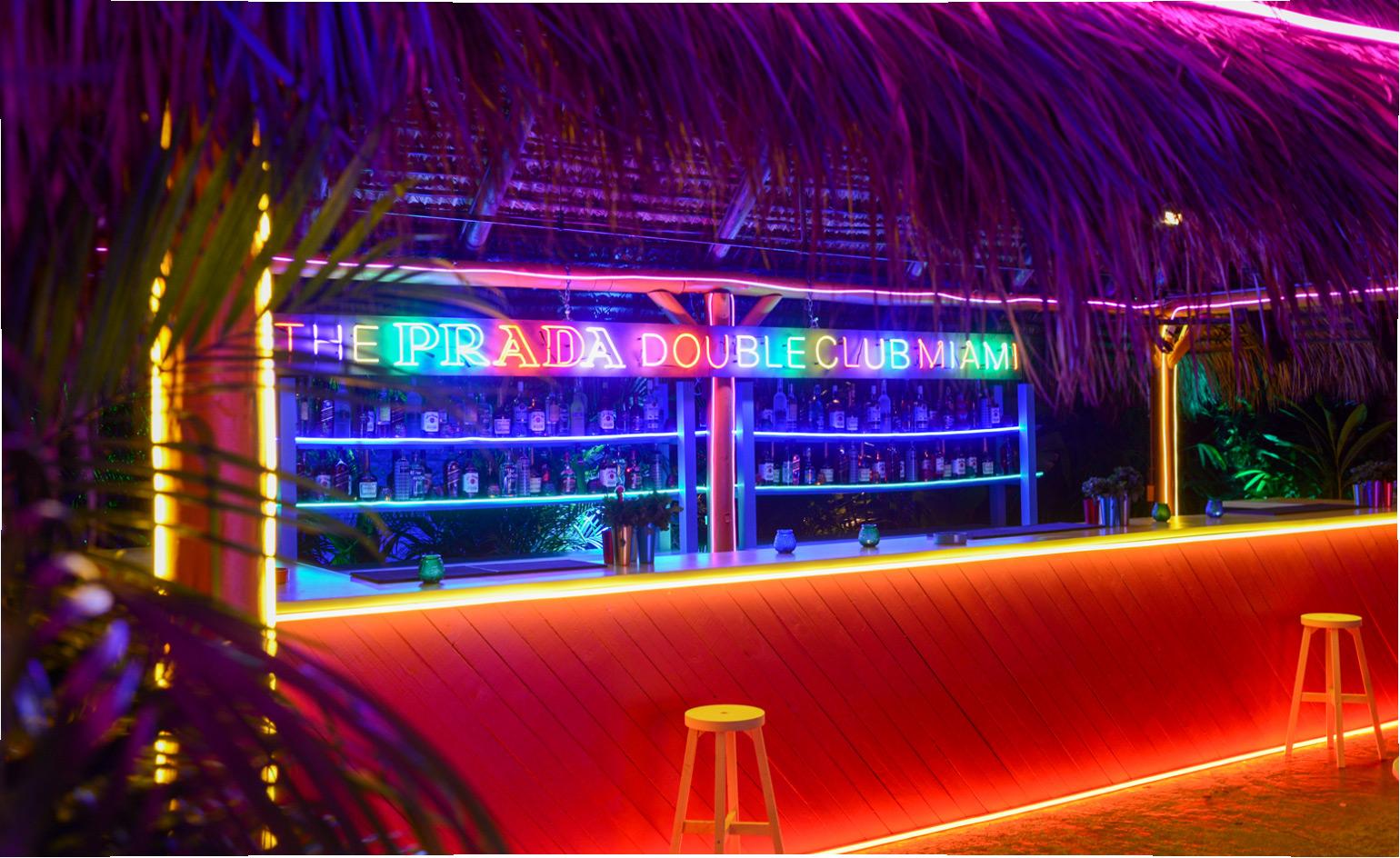
The Prada Double Club Miami by Carsten Höller
INFORMATION
For more information, visit the Fondazione Prada website
Wallpaper* Newsletter
Receive our daily digest of inspiration, escapism and design stories from around the world direct to your inbox.
Ali Morris is a UK-based editor, writer and creative consultant specialising in design, interiors and architecture. In her 16 years as a design writer, Ali has travelled the world, crafting articles about creative projects, products, places and people for titles such as Dezeen, Wallpaper* and Kinfolk.
-
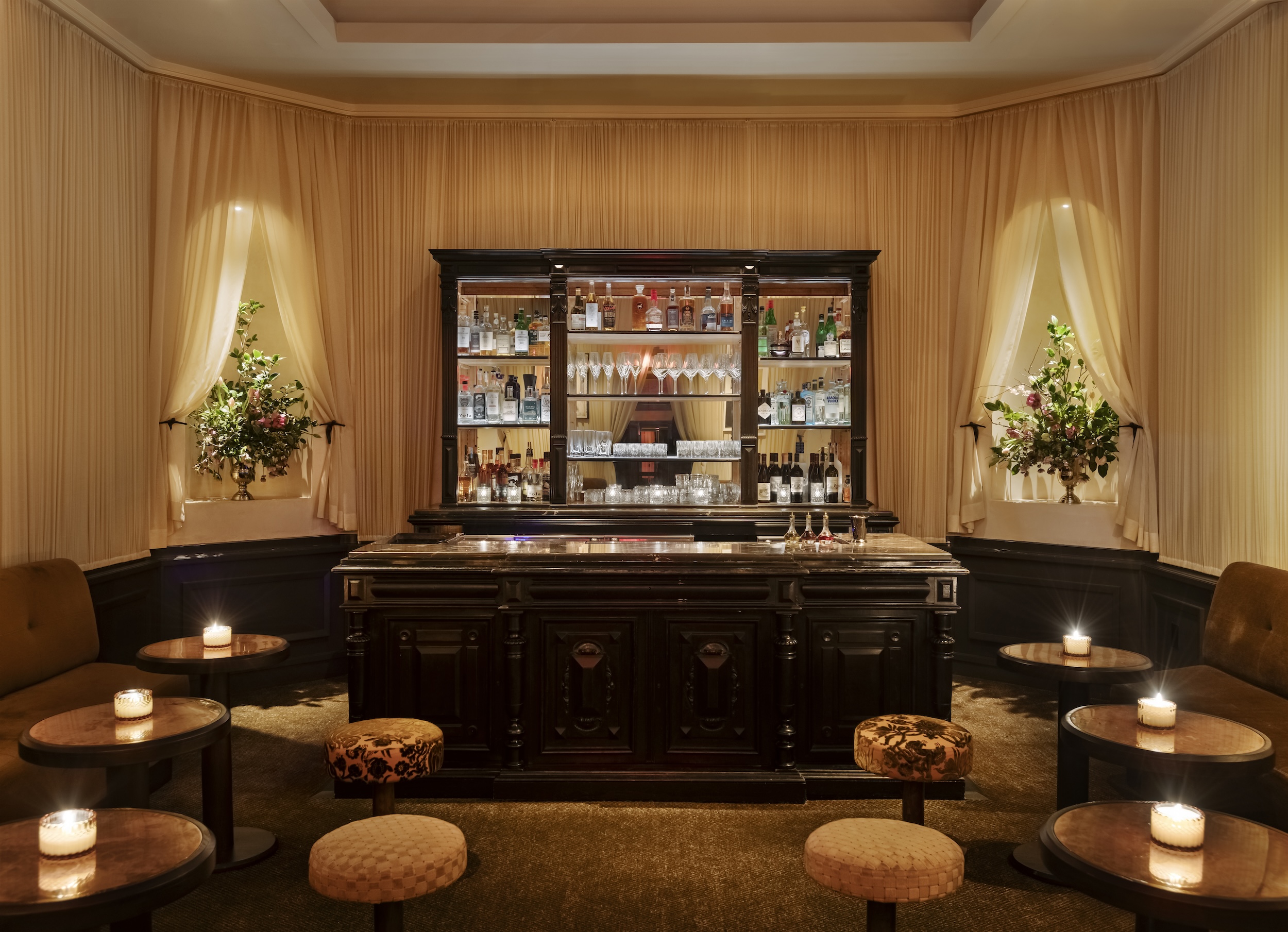 At this secret NYC hangout, the drinks are strong and the vibes are stronger
At this secret NYC hangout, the drinks are strong and the vibes are strongerFor People's bar, Workstead serves up a good time
By Anna Fixsen
-
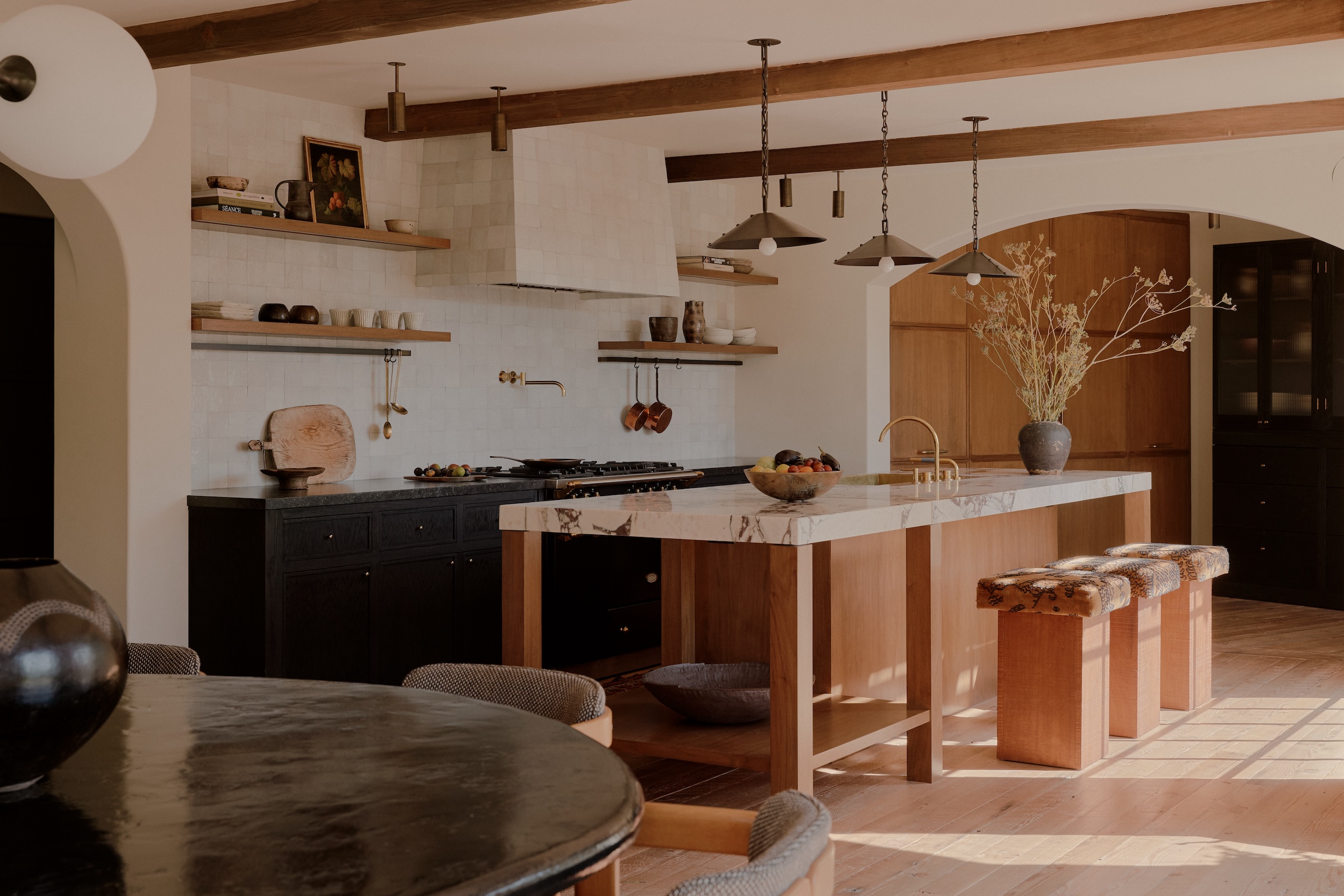 ‘Fall Guy’ director David Leitch takes us inside his breathtaking Los Angeles home
‘Fall Guy’ director David Leitch takes us inside his breathtaking Los Angeles homeFor movie power couple David Leitch and Kelly McCormick, interior designer Vanessa Alexander crafts a home with the ultimate Hollywood ending
By Anna Fixsen
-
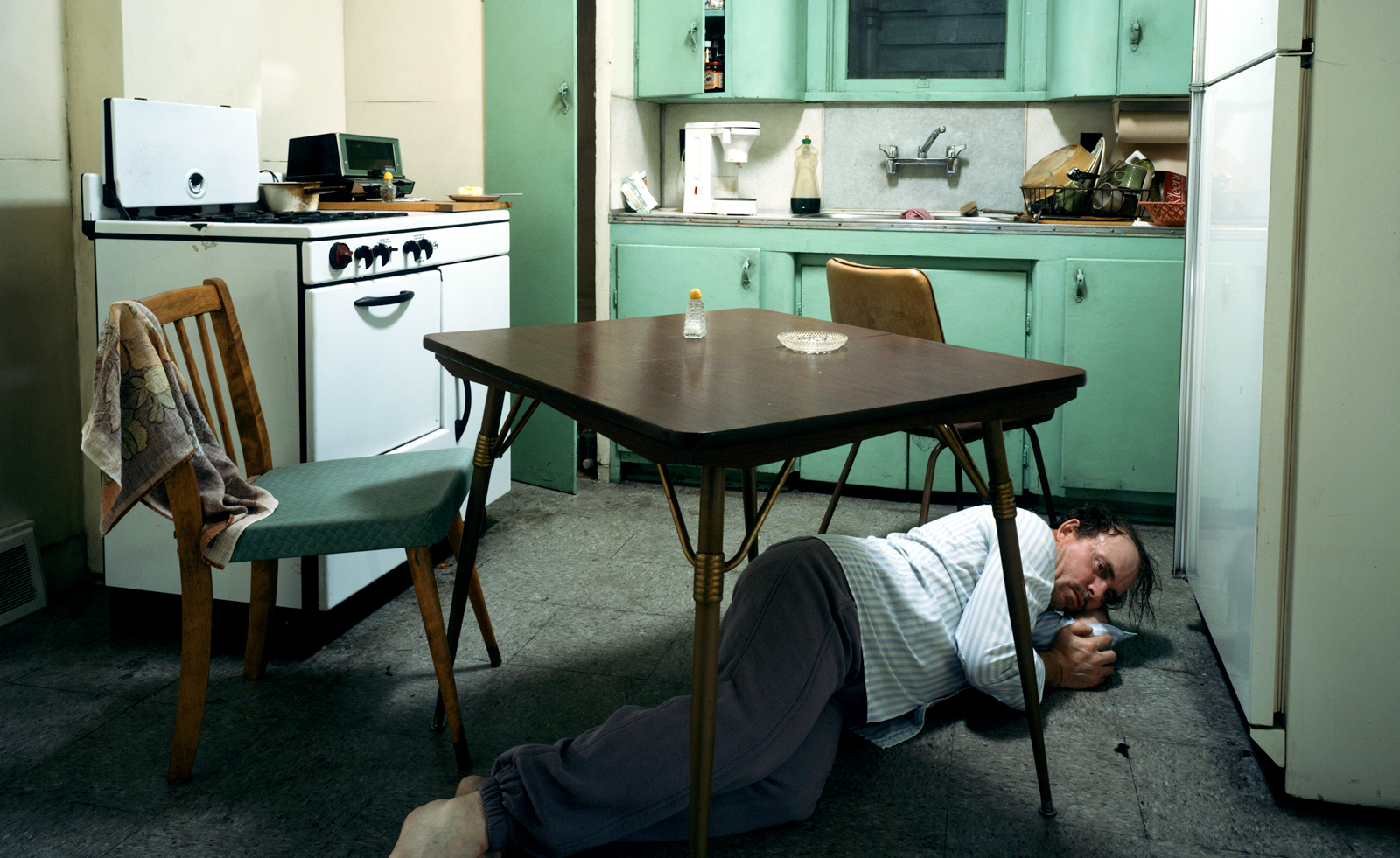 Real or imaginary? Step inside the alternate world of Jeff Wall's photographs
Real or imaginary? Step inside the alternate world of Jeff Wall's photographsJeff Wall's major show at MAAT in Portugal dives into four decades of the photographer's career
By Emily Steer
-
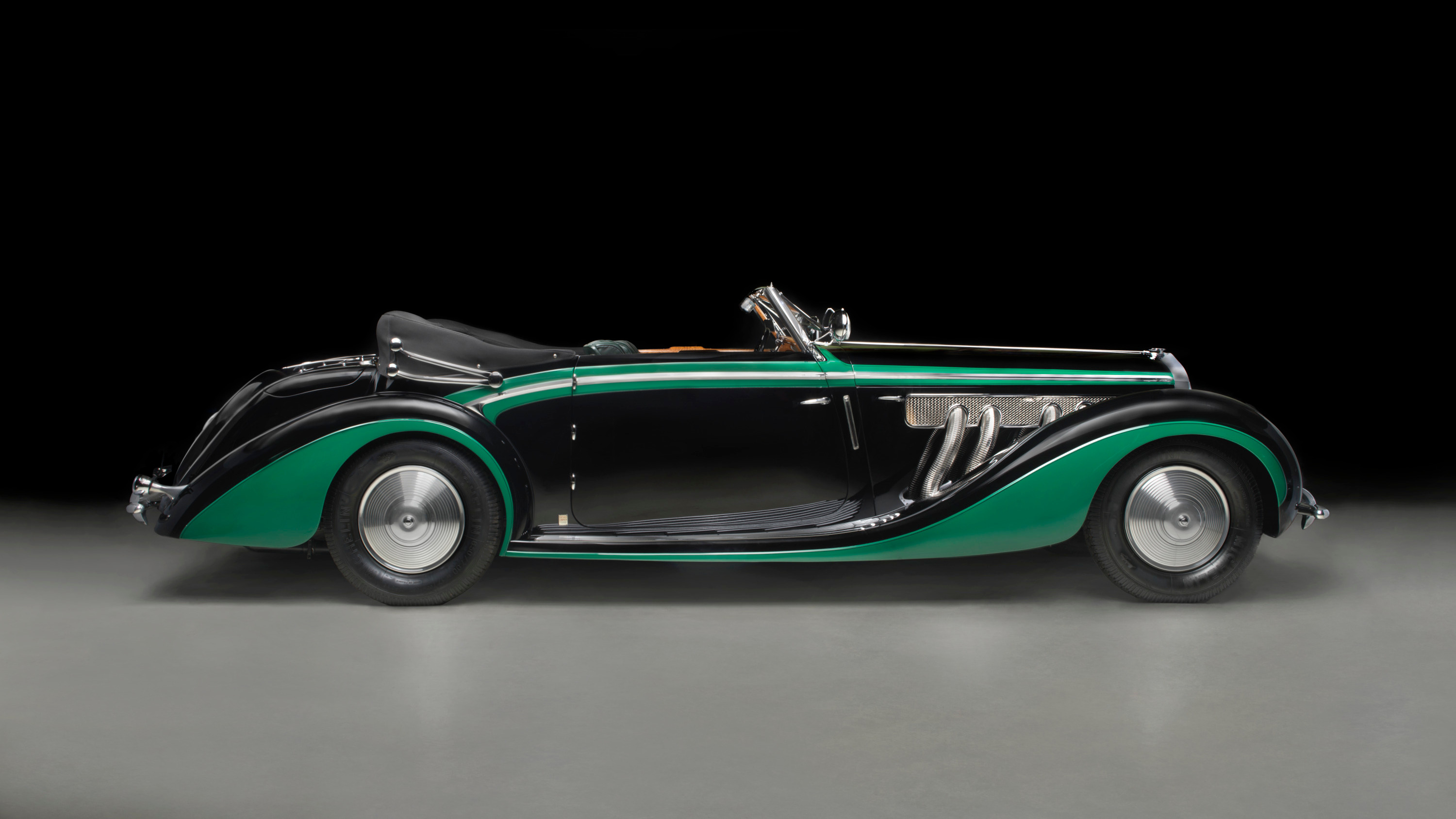 A new show in Saint Louis promises a rare combination of art, cars and elegant fashion
A new show in Saint Louis promises a rare combination of art, cars and elegant fashion‘Roaring: Art, Fashion, and the Automobile in France, 1918-1939’ celebrates a golden age of creativity, showcasing ten unique cars alongside the cream of the era’s style
By Jonathan Bell
-
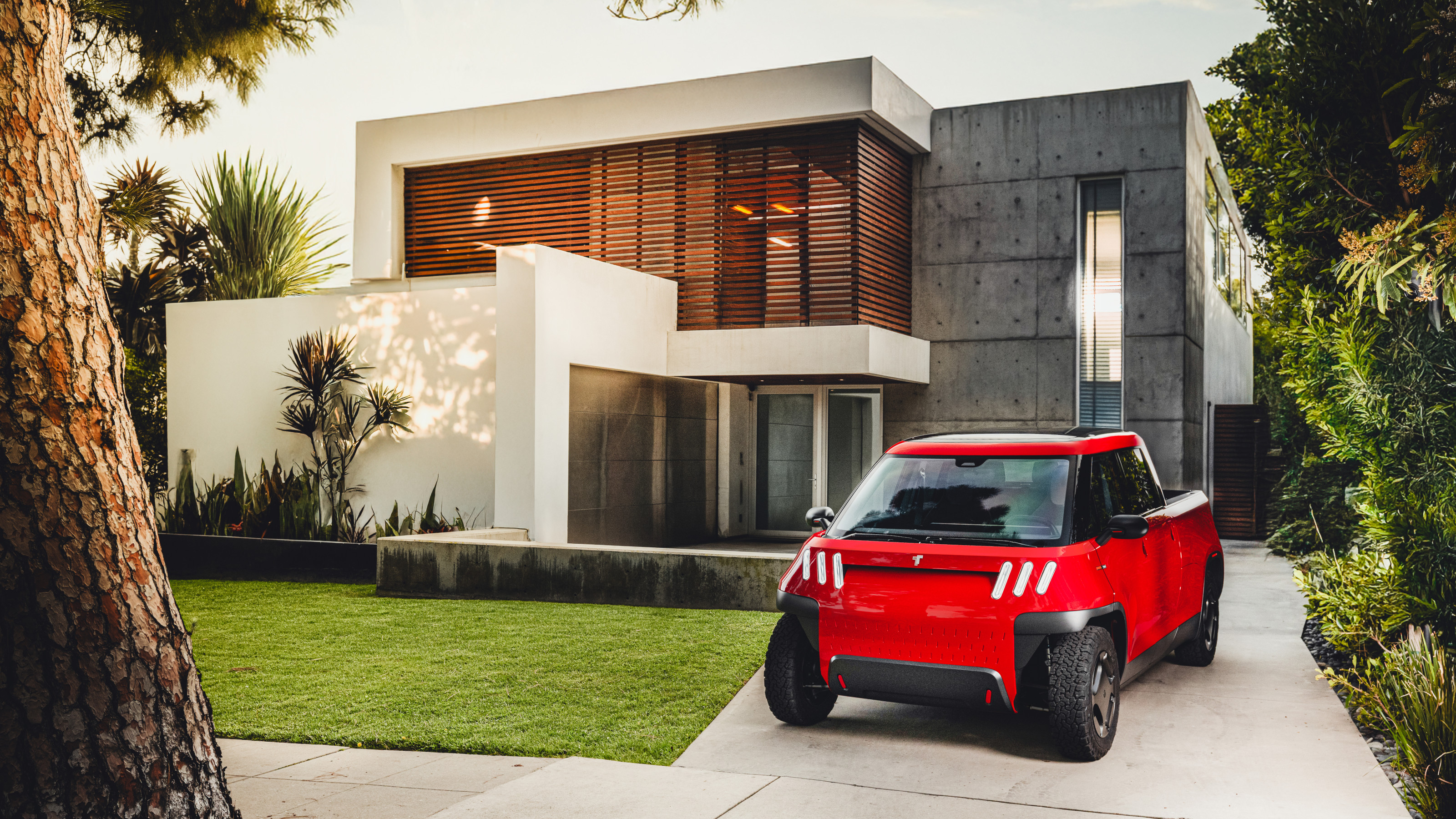 Meet the final drivable prototype of the Telo MT1 pickup truck, shaped by Fuseproject
Meet the final drivable prototype of the Telo MT1 pickup truck, shaped by FuseprojectThe Telo MT1 is a modestly scaled EV that turns the traditional all-American approach to pick-up truck design on its head
By Jonathan Bell
-
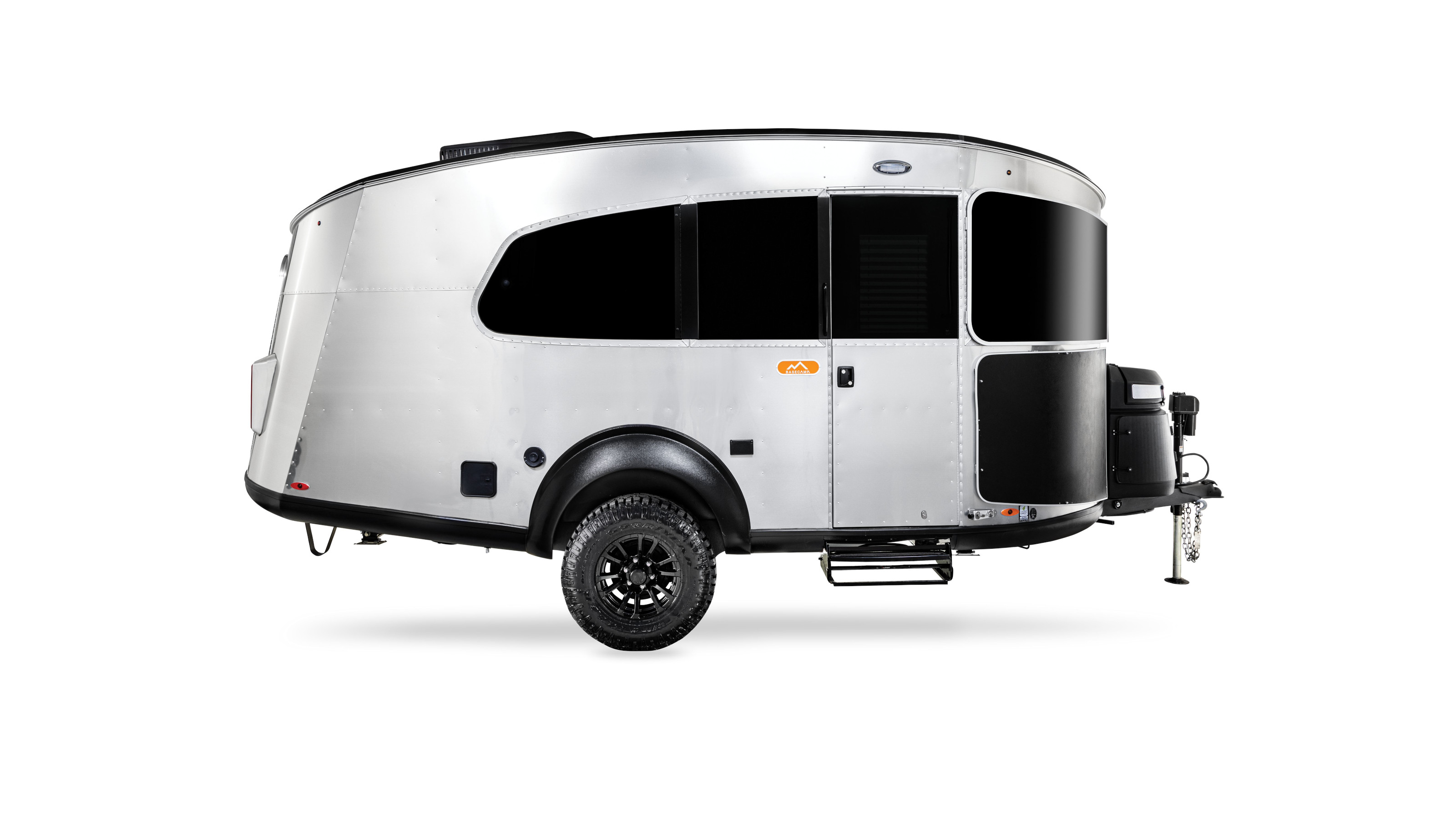 Airstream goes all-electric with a travel trailer designed for zero-emission off-grid exploration
Airstream goes all-electric with a travel trailer designed for zero-emission off-grid explorationThe new Airstream Basecamp 20Xe travel trailer offers spacious accommodation and a full suite of facilities, wherever you decide to set up camp
By Jonathan Bell
-
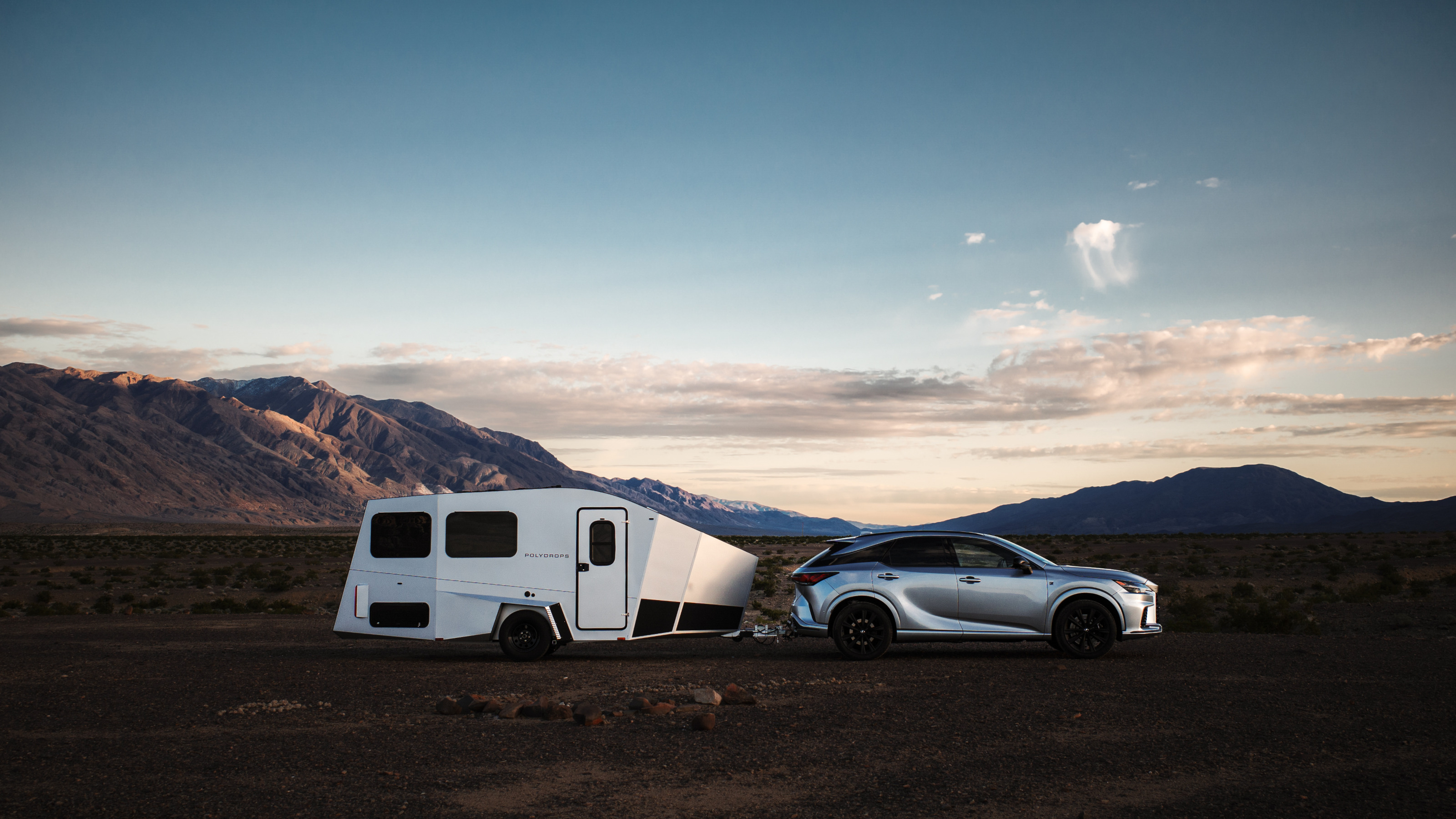 New Polydrops P21 is a travel trailer with an architectural backstory
New Polydrops P21 is a travel trailer with an architectural backstoryStreamlined and ultra-compact, the Polydrops P21 is a self-contained RV aimed at remote workers and energy-efficient adventurers
By Jonathan Bell
-
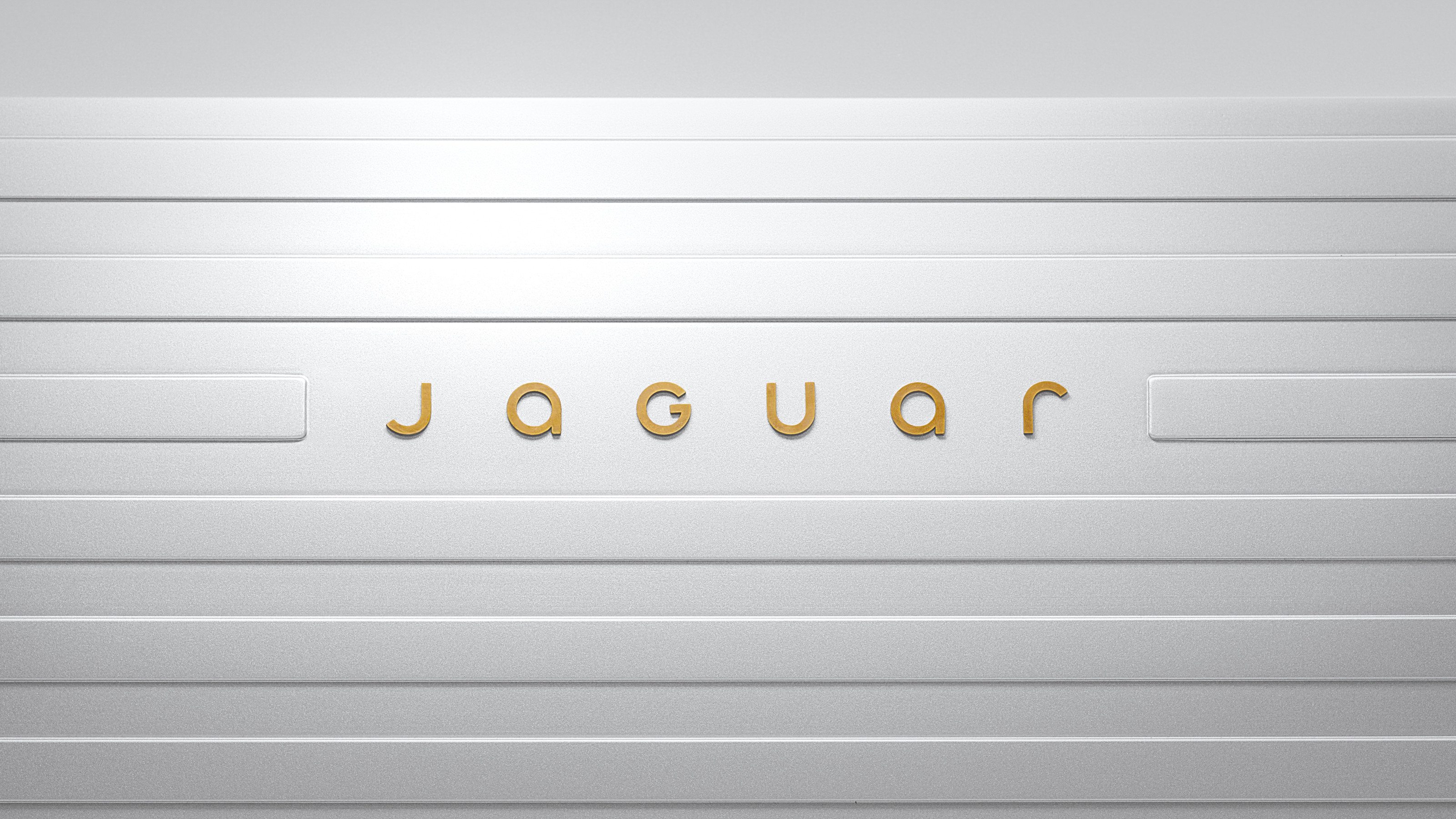 Jaguar reveals its new graphic identity ahead of a long-awaited total brand reboot
Jaguar reveals its new graphic identity ahead of a long-awaited total brand rebootJaguar’s new ethos is Exuberant Modernism, encapsulated by a new visual language that draws on fine art, fashion and architecture
By Jonathan Bell
-
 Revived Scout Motors reveals two all-electric utility vehicle concepts
Revived Scout Motors reveals two all-electric utility vehicle conceptsAs Scout throws the covers off its debut Traveler SUV and Terra truck concepts, Wallpaper* speaks to its chief design officer Chris Benjamin about the reborn brand
By Jonathan Bell
-
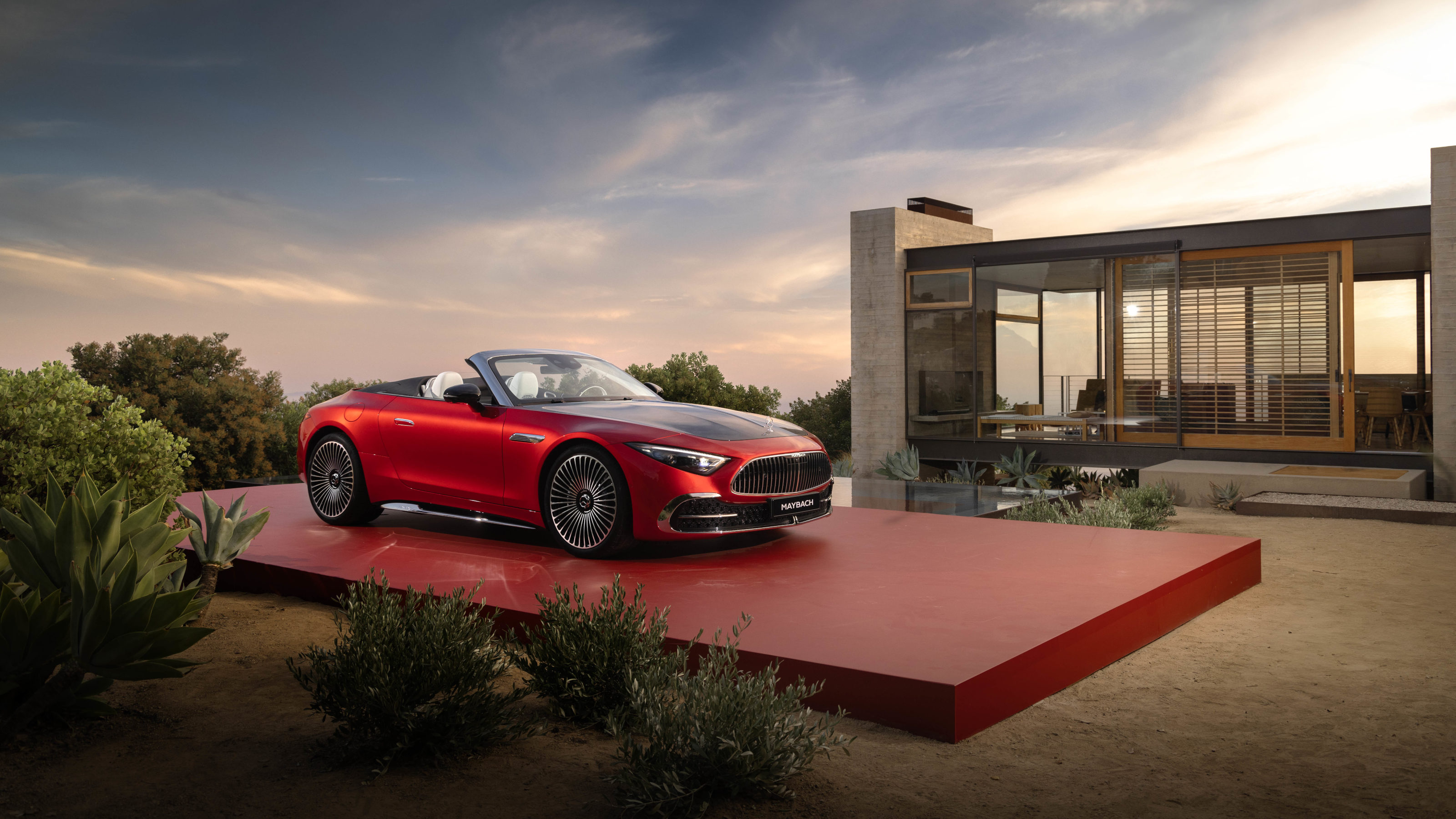 Does the Mercedes-Maybach SL 680 Monogram Series epitomise Pebble Beach culture?
Does the Mercedes-Maybach SL 680 Monogram Series epitomise Pebble Beach culture?Mercedes-Maybach launched its new SL 680 Monogram Series at Monterey Car Week 2024. How does Maybach's 21st-century take on upper-class motoring square with America's most upscale auto show?
By Jonathan Bell
-
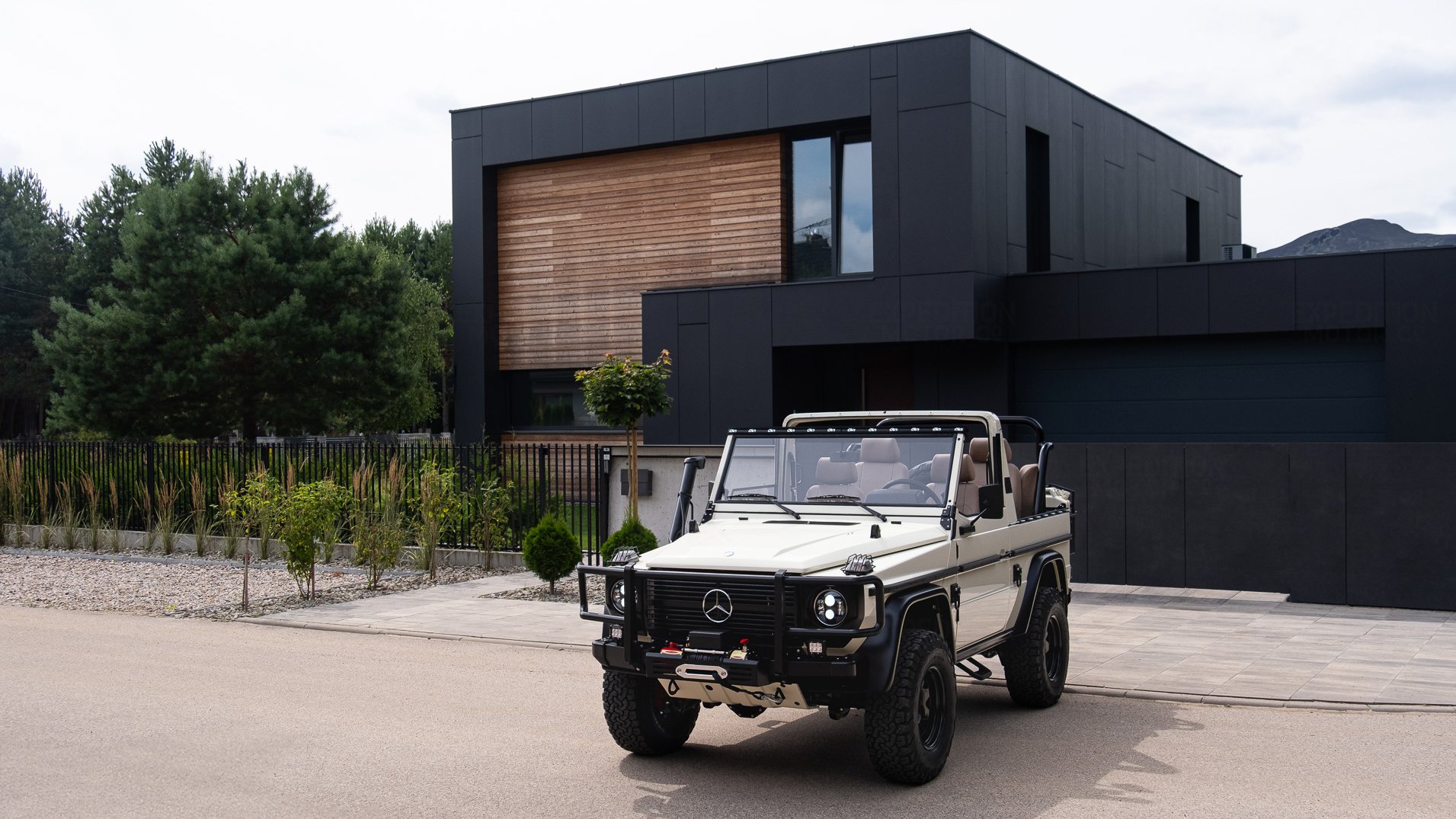 EMC White Wolf is a military Mercedes turned modern-day cruiser
EMC White Wolf is a military Mercedes turned modern-day cruiserThe Expedition Motor Company (EMC) takes surplus Mercedes G-Wagens and uprates them for contemporary collectors, creating a classic car that goes anywhere
By Jonathan Bell